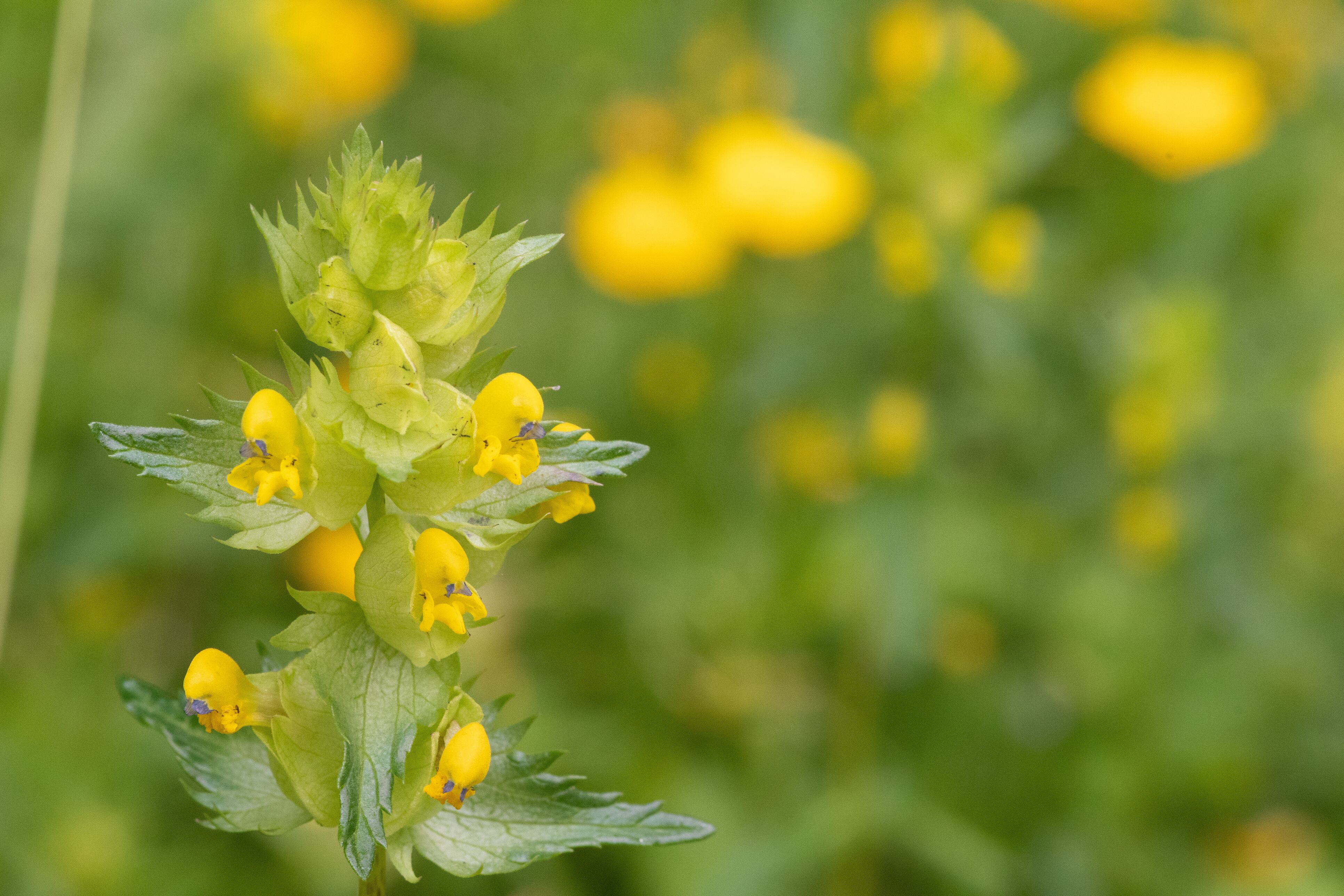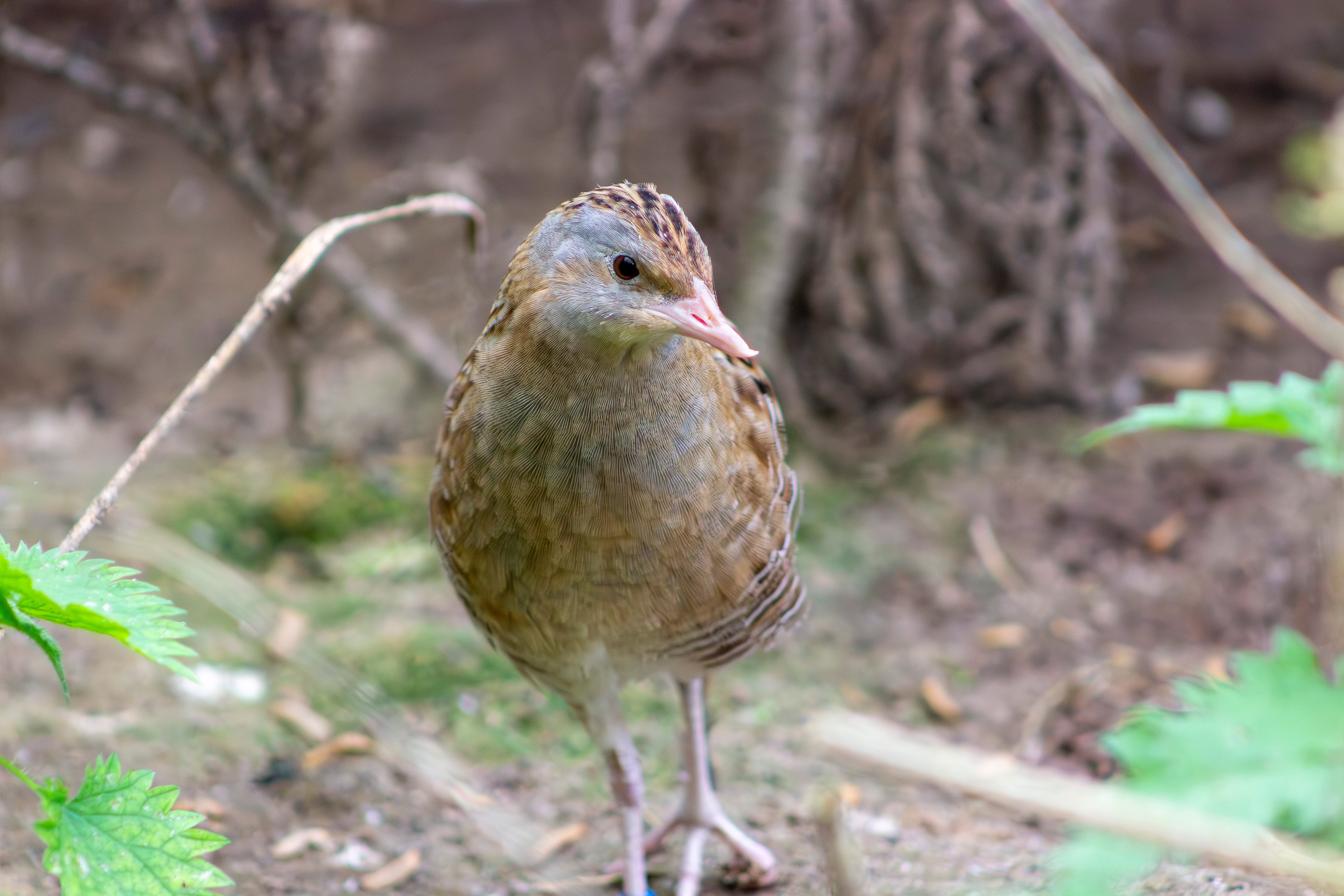About 20 years ago I visited Liz and Ralph Sheppard’s arable farm in east Donegal, a few miles from Raphoe, to see how they had transformed a field into a woodland. They had decided four decades before that to bring back to the land what had been part of the landscape until about 4,000 years ago when native forests covered 80 per cent of the county before being cleared for farming.
An ancient, deep path, originally paved for pilgrims walking from Derry to Lough Derg, carved its way through their farm, its banks layered with ferns, celandines, wood sorrel, primrose and frothing cow parsley.
In 1980, the Sheppards planted a triangular plot next to the pilgrim path with birch, larch, alder, oak and ash. Ten years later, on a 10-acre field, they planted thousands of sessile oak, alder, Scots pine, wild cherry and ash. Curvaceous paths were laid out through the woodland, which gave them access deep into the wood, where they could record the species as they appeared. And then, a decade on, they ceremoniously planted an apple tree in the centre of another 10-acre plot to mark the planting of thousands more native trees.
Life is a magnet for life, and the Sheppards knew that planting a diverse range of trees would attract plenty of wildlife in return. Today, their 25-acre woodland is home to some 1,000 native species, including hundreds of moths and wildflowers, 91 lichens, 76 types of birds, 20 mammals and 64 fungi.
READ MORE
The story of their remarkable forest is one of 28 woods in a new book, Native Woodland of County Donegal. The author, Seán Ó Gaoithín, foreman and head gardener at Glenveagh National Park, grew up in Dublin and spent considerable time in Wicklow, where he took inspiration from the small pockets of self-sustaining native woodland in Glencree.
[ Our National Parks say something about how we view and value the natural worldOpens in new window ]
Ó Gaoithí writes of the tiny fragments of remaining native woodlands in Donegal, which has some of the finest examples of ancient oak woods in Ireland. He notes that genetic mapping indicates the oak came into Ireland from northern Spain, spreading into southern Ireland across north and west and arriving last in Donegal.
Many of the woodlands in Donegal survived through “sheer luck”; others lived on because they were in private hands. One example is Ardnamona, a 113-acre oak woodland about 5km northeast of Donegal town, west of Lough Eske. When Ó Gaoithí first walked through the woods in 1998, it was, he recalls, “one of the most beautiful ancient woodlands in the country; I could not believe that such a thing existed”.
The wood is of high conservation value, an exceptional example of old sessile oak woods with an understory of ferns, mosses and lichens influenced by proximity to extreme oceanic conditions. It is, possibly, an ancient wood that has been continuously covered by native trees for thousands of years, with little evidence of exploitation.
The life inside Ardnamona includes red squirrel, wood warbler, the great woodpecker and, most recently, the very rare pied flycatcher. Perhaps it is most remarkable for the rarity of some plants, including the Killarney fern, which thrives in shaded, humid spaces, and the narrow-leaved helleborine and tree lungwort. The wood floor is carpeted with sphagnum moss and pale green tamarisk moss, and in the liminal space between wood and lake, Stix-stamened waterwort grows; within Lough Eske, the population of the highly endangered freshwater pearl mussel is of European importance.
Ardnamona exists today because previous owners protected it from clearance over the past few centuries. But it came with the pressure of the invasive Rhododendron ponticum, planted by Sir Arthur Wallace in 1870, when he bought Ardnamona as a summer house for his family.
Because of its aggressive growth into dense thickets, Rhododendron quickly dominates the understory of oak woodlands and has adverse cascading effects on native species. Removing it can be a frustrating game of whack-a-mole, but recent efforts to eliminate it from Ardnamona have succeeded.
Ardnamona was passed from private ownership into State hands in the 1960s. In the 1990s it was taken over by the National Parks & Wildlife Service, which manage it as a nature reserve. It is, says Ó Gaoithí, in a good ecological state today.
[ Wild wonders in the enchanted sandy woods of Raven PointOpens in new window ]
Reading about the sheer diversity within Donegal’s native woods is a reminder that they exist as so much more than just trees; they are deeply complex spaces full of life. They are places where life is multilayered, from the uppermost leaves of the oak canopy, tens of metres above ground, through the smaller trees below, the herbaceous layers of ferns and sedges and down to the damp wood floor, spangled with mosses and lichens. As ecologist John Cross wrote: ‘It’s much easier to get lost in a relatively small wood than on a mountain’.”
Coillte Dúchasacha Chontae Dhún na nGall/Native Woodlands of County Donegal, by Seán Ó Gaoithín, was produced by Browne Printers of Letterkenny and is available at local bookshops and county libraries
Sign up for push alerts and have the best news, analysis and comment delivered directly to your phone
Find The Irish Times on WhatsApp and stay up to date
Listen to our Inside Politics podcast for the best political chat and analysis














